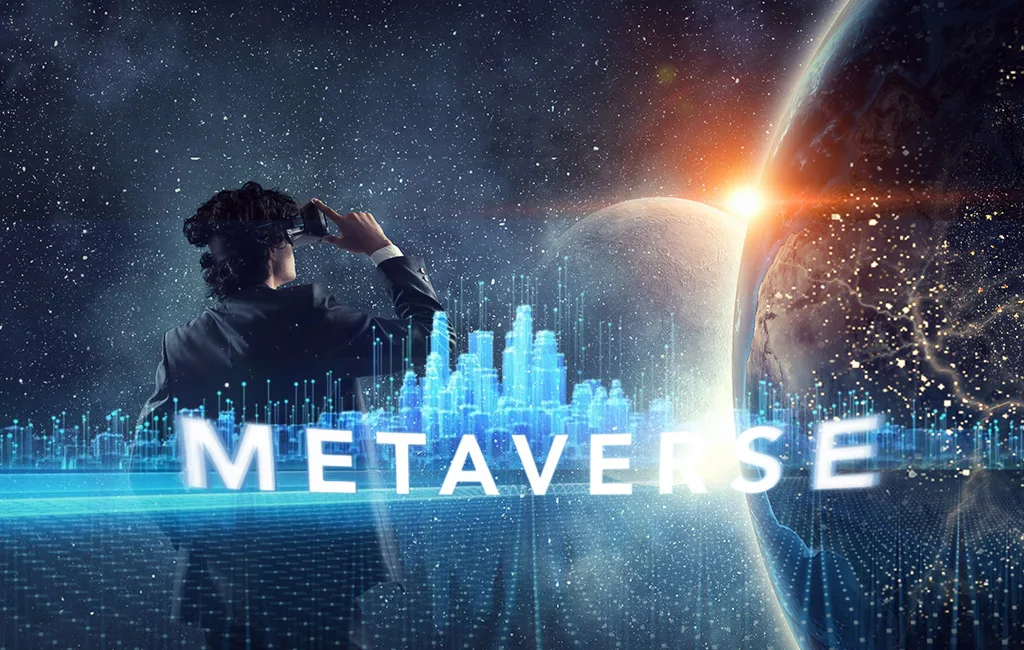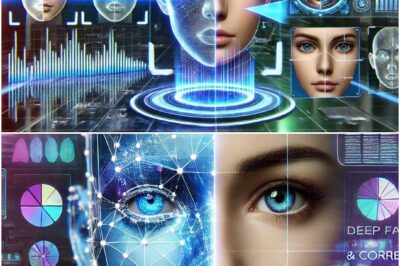Remember the buzz around the “metaverse”? The flashy demos, digital avatars, and billion-dollar promises? Then came silence. Yet beneath that quiet, the idea hasn’t died — it’s evolving into something subtler and smarter.
The metaverse 2.0 isn’t about cartoon worlds or clunky headsets. It’s about contextual presence. Think virtual workspaces so seamless you forget they’re not real, or digital concerts where holograms and humans share the same stage. Companies like Meta, Apple, and Niantic are converging toward “mixed reality,” where physical and digital blend like watercolor.

Hardware is finally catching up. Apple’s Vision Pro isn’t a toy — it’s a signal that immersive computing is becoming mainstream. But the biggest shift isn’t visual — it’s social. Digital identity, virtual economies, and decentralized ownership (via blockchain) are creating parallel societies that might one day rival the physical world.
When the metaverse finally matures, it won’t replace life — it’ll layer it. Reality won’t be a binary anymore. It’ll be a gradient of presence, from flesh to pixel.
News
The Ghost in the Machine: When Artificial Intelligence Starts Asking Who It Is
There’s a strange hum in the background of modern civilization. It’s the sound of millions of processors thinking — not…
Robotics Gets Emotional: The Quest to Build Machines That Feel
Robots can walk, talk, and even dance — but can they care?The next frontier of robotics isn’t physical dexterity; it’s…
The Age of Synthetic Life: Programming Biology Like Code
For billions of years, evolution shaped life through randomness. Now, humans are editing nature with precision. Synthetic biology is the…
Deepfake Nation: When Reality Itself Becomes Editable
In 2025, truth no longer needs to be destroyed — it just needs to be remixed.Deepfakes have evolved far beyond…
The Blockchain Beyond Crypto: The Quiet Revolution You Missed
Crypto made headlines — but blockchain’s real revolution was never the coins. It’s the infrastructure beneath them. Think of blockchain…
The AI Arms Race in Education: Learning Without Teachers?
In classrooms from California to Seoul, students are learning from something that isn’t human. AI tutors are grading essays, generating…
End of content
No more pages to load












